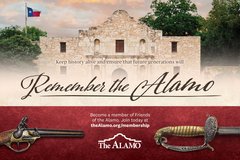In the lab, archaeologists identified several military-related, and likely Battle-associated, artifacts.
Two 0.63 caliber musket balls were recovered from EU-5 between 30 cm and 50 cm below surface. It is possible these musket balls were ammunition made for the British Baker Rifle or the 1795 model musket; however, there is no evidence that either of the musket balls were fired. Both musket balls display “out of round” characteristics due to the presence of a seam (left) and sprue (left and right). Sprue is a mass of lead waste produced from the mold, and often occurs when the sprue is being cut from the cooled musket ball.
Two gun flints were excavated from EU-5 between 50 and 80 cm below surface. Gun flints were bifacially modified stone tools manufactured from “flint,” a higher quality subgroup of chert. Both gunflints display a heel notch, which indicates that the gunflints had contact with a flintlock screw on a firearm. Typically, the origin of gun flints can be determined by the shape and color of the flint. Therefore, based on these criteria, these gunflints were manufactured in the Spanish style and were potentially used during the Mission period and through the Battle of the Alamo.







